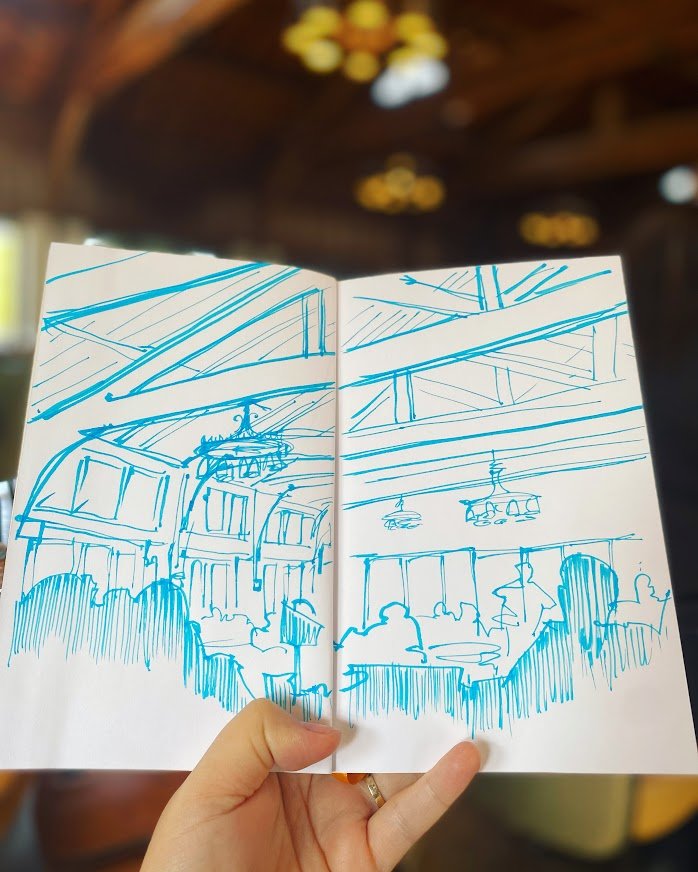What do Architects not talk about?
Selfishly, we would like to keep the existence of the Monterey Design Conference a secret. A small, exclusive gathering of thought leaders in architecture right next to the most beautiful white-sanded beach in the world, smack in the middle of the gorgeous Northern California autumn.
MDC is where architects come together to listen to their accomplished peers, connect and reboot. This October was the first time since the Covid-19 pandemic, that we found ourselves back in the presence of real-life fellow architects.
We soaked in knowledge and inspiration for several days straight, interrupted only by meal breaks and spontaneous chats with the best design minds that made their way to the Pacific Coast from as far as NYC, London, and Beijing.
What did we talk about, and more interestingly, what did we not talk about?
For a while now, Architects have taken the lead in educating clients on how to make buildings “net zero.”
A net-zero building generates as much energy as it consumes, resulting in zero impact on the environment.
Architects are eager to use their design skills to solve environmental problems. So why then, when asked how many have completed a net-zero project, did only a few hands go up in our large conference hall?
As the conference unfolded, we learned about amazing adaptive reuse projects from around the world, repurposing warehouses and office buildings into housing, hotels, and museums. Case study after case study proved that reusing a building for a new purpose is much better for the environment than building a new one. So why don’t we do it more often?
Seminars on the mindblowing energy efficiency of all-electric appliances and building systems offered us clean, logical solutions to the practical needs of a building. Why don’t we see more all-electric buildings?
What do Architects not talk about at design conferences?
Architects shy away from the topic of increased construction costs when all the bells and whistles of net-zero buildings are called for. If built to the highest standard, such a building can cost twice as much as a conventional one.
When we work with small commercial clients, even if they really want to do the right thing, they cannot afford it. When we work with homeowners, the price-sensitive clients cannot afford it either, and we can’t blame them. Construction costs are very high, especially in the Bay Area.
In many cases, retrofitting an existing building (a climate-friendly thing to do) costs more than building a new one (the solution that carries a negative environmental impact). To add to this, architectural and engineering fees are higher on a sustainable project because of extra consultants and steps that need to be taken to achieve outcomes that outperform the status quo. So only a very small percentage of clients can afford net zero.
Architects should talk about costs, and Architects need to partner with professionals who know how to finance carbon-neutral and net-zero projects. If these projects can get , more of us Architects will raise our hands.
Is there anything we can do to build better without additional costs?
It may be a little longer before design professionals start talking about the costs and financing of net zero buildings, but meanwhile, here are 2 ways to introduce sustainability within budget:
Solar Orientation: Placing your new building on site correctly for your climate and adding windows and solar shading in the right spots will reduce energy consumption and keep your home more comfortable. Your Architect should know how to do this, if they do not, get another one.
Local Materials: If you google them, you will most likely find locally manufactured materials. Say no to Marble from Italy and yes to tile from the nearby factory. Keeping your construction materials local will reduce transportation emissions (and make you feel good about supporting local businesses).









